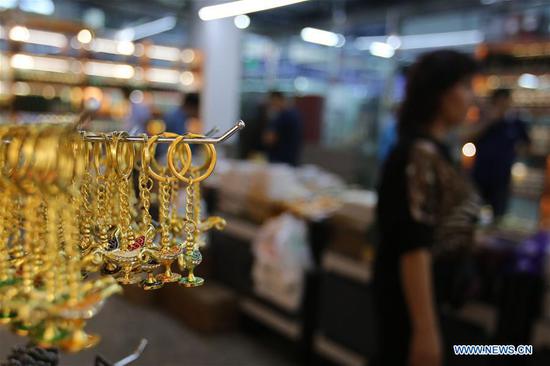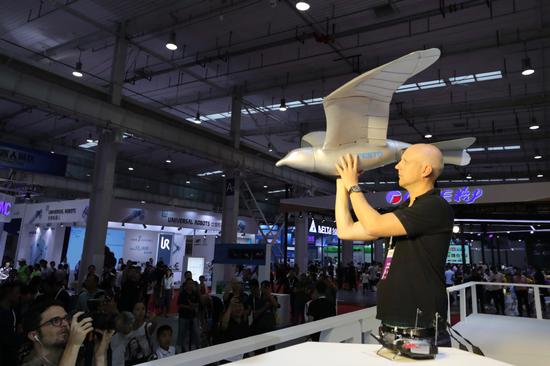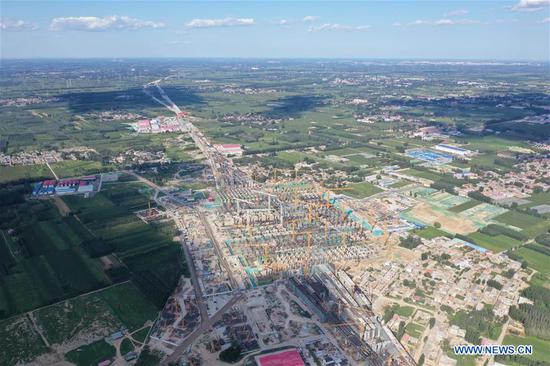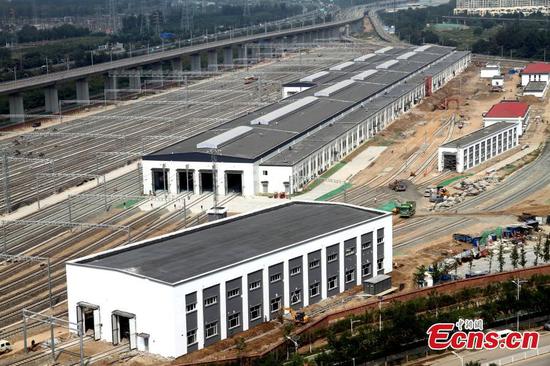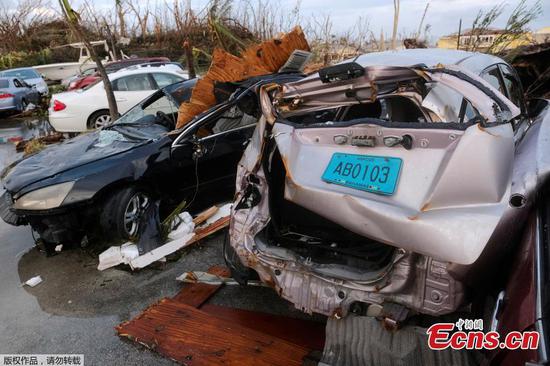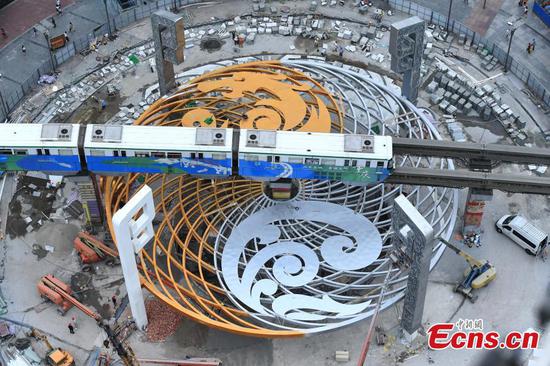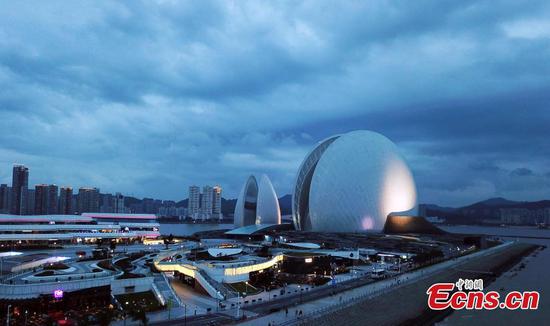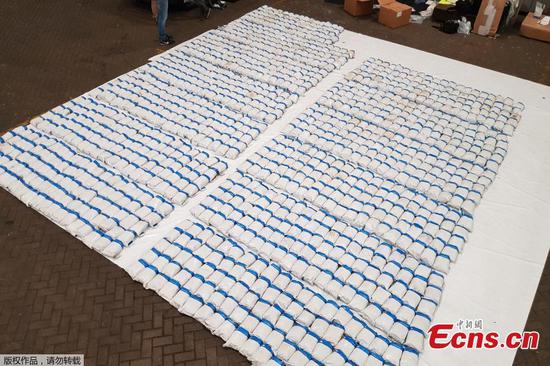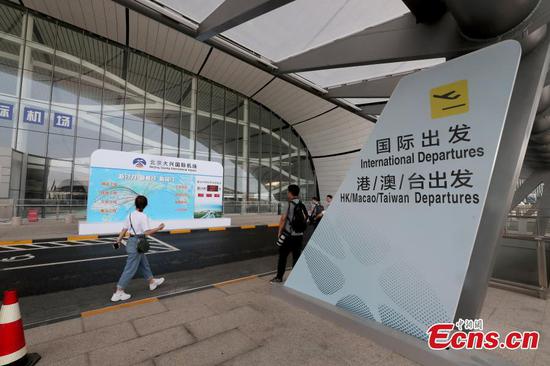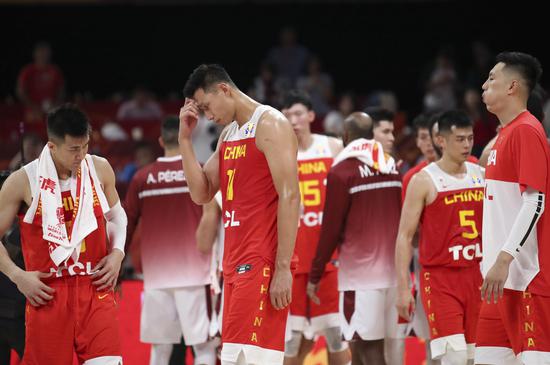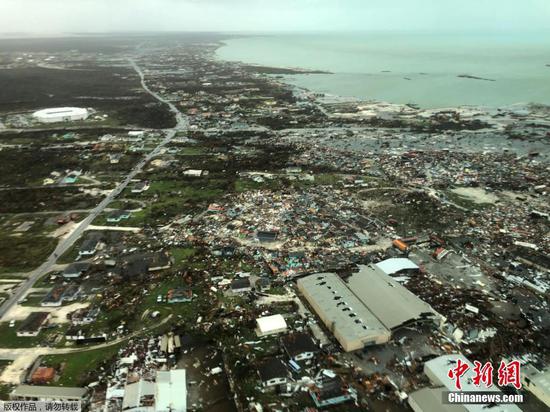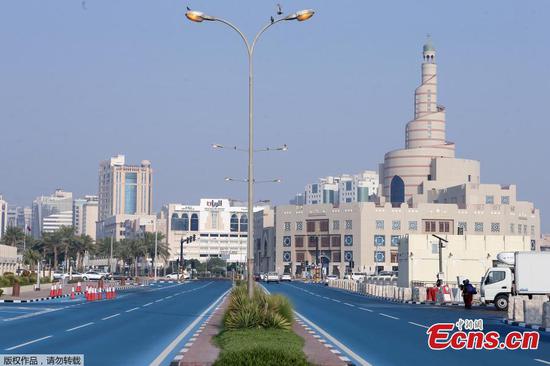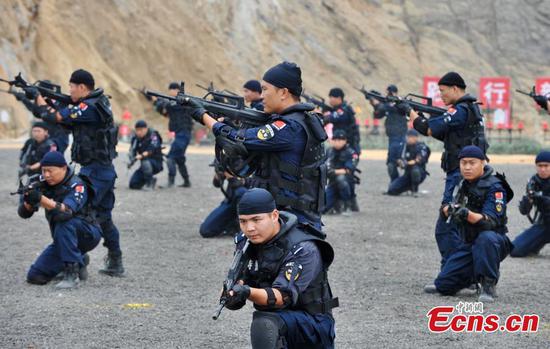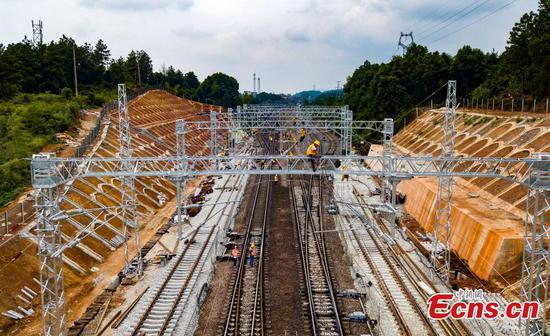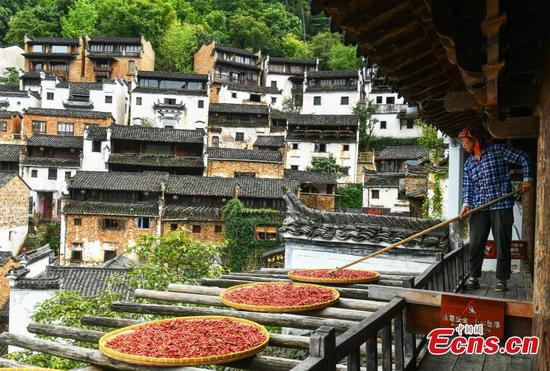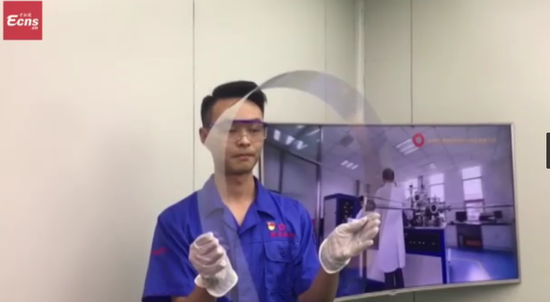The health clinic established by the Institute for Development and Community Health LIGHT is a haven for some of the most vulnerable groups in the Vietnamese capital, Hanoi. Ethnic minorities, migrants and other vulnerable people not only get free counseling and affordable medical services at the clinic, but they are also assured of a nonjudgmental and safe space.
As LIGHT's co-founder Nguyen Thu Giang said in a news conference in Hanoi, the people who visit the clinic are not just clients, but also friends. She said LIGHT provides more than health services. It also helps poor communities set up small businesses and counsels women who are victims of domestic abuse.
LIGHT is one of the "innovation hubs" that were visited by participants at a two-day symposium on sustainable development goals, or SDGs. The symposium on Wednesday and Thursday, was organized by the Association of Southeast Asian Nations (ASEAN), Chinese Mission to ASEAN and the United Nations Development Programme (UNDP).
The SDGs, which were approved in 2015 by 193 UN members, aim to address these most pressing global problems by 2030. The 17 goals include ending poverty and hunger, reducing maternal deaths and providing universal access to basic education.
At the symposium in Hanoi, representatives from international organizations, nonprofit groups, academic institutions and the public sector discussed how to use innovative and more inclusive models to help ASEAN countries meet their SDGs by 2030.
According to Sita Sumrit, assistant director and head of poverty eradication and gender division at the ASEAN Secretariat, it is important to build "innovation readiness" in a local community.
"We can't just parachute the idea of innovation in local communities. We can't just put an (innovative model) in a community and ask the people validate it," Sita said at a panel discussion on the second day of the symposium. She said a local community can be "innovation-ready" if there are more training and consultation sessions as well as scholarship exchanges.
Sita said innovation is about "doing things differently and expanding partnerships". She cited the Lancang-Mekong Cooperation (LMC) mechanism, as an example of how China and the ASEAN use an innovative model to meet one SDG goal - eradicating poverty.
LMC mechanism
Established in 2016, LMC is a subregional cooperation mechanism between China and the ASEAN countries of Cambodia, Laos, Myanmar, Thailand and Vietnam. The river, originating in the Qinghai-Tibet Plateau in China, is called the Lancang River in China and the Mekong when it flows through the other five countries before emptying into the sea.
Minh Thu, deputy director-general at the Institute for Foreign Policy and Strategic Studies, Diplomatic Academy of Vietnam, said the LMC is instrumental in reducing poverty incidence in the Mekong subregion.
Thu, who presented her findings at the panel discussion, said that the subregional cooperation mechanism helped to boost economic growth and reduce poverty incidence. She added that state welfare for the underprivileged, a strong kinship system and community support also contributed to reducing poverty incidence in the LMC countries.
According to data from the ASEAN Secretariat, Cambodia, Myanmar, Laos and Vietnam collectively posted an average annual GDP growth of over 6 percent from 2013-2017. The figure surpassed the growth rate of bigger ASEAN economies such as Indonesia and the Philippines.
Thu said a $300 million special fund, which was set up by China, helped in poverty alleviation as the fund was used to support small and medium projects.
"LMC is inclusive (and reflects) the common aspiration of six countries," said Cheng Hongbo, deputy director at the department of Asian affairs, China's Ministry of Foreign Affairs. He said the special fund is one way for China to help close the development gaps in ASEAN.
In the Philippines, the government aims to reduce the current poverty rate to 7.6 percent by 2022 through an inclusive state policy, said Noel Felongco, secretary of the National Anti-Poverty Commission.










